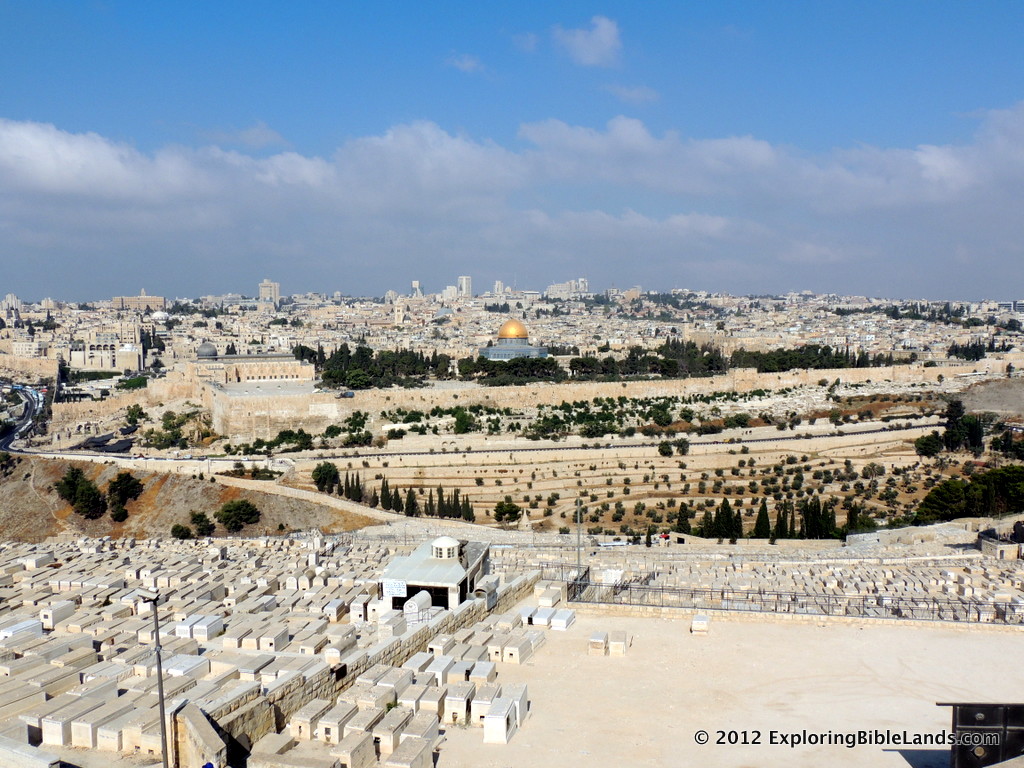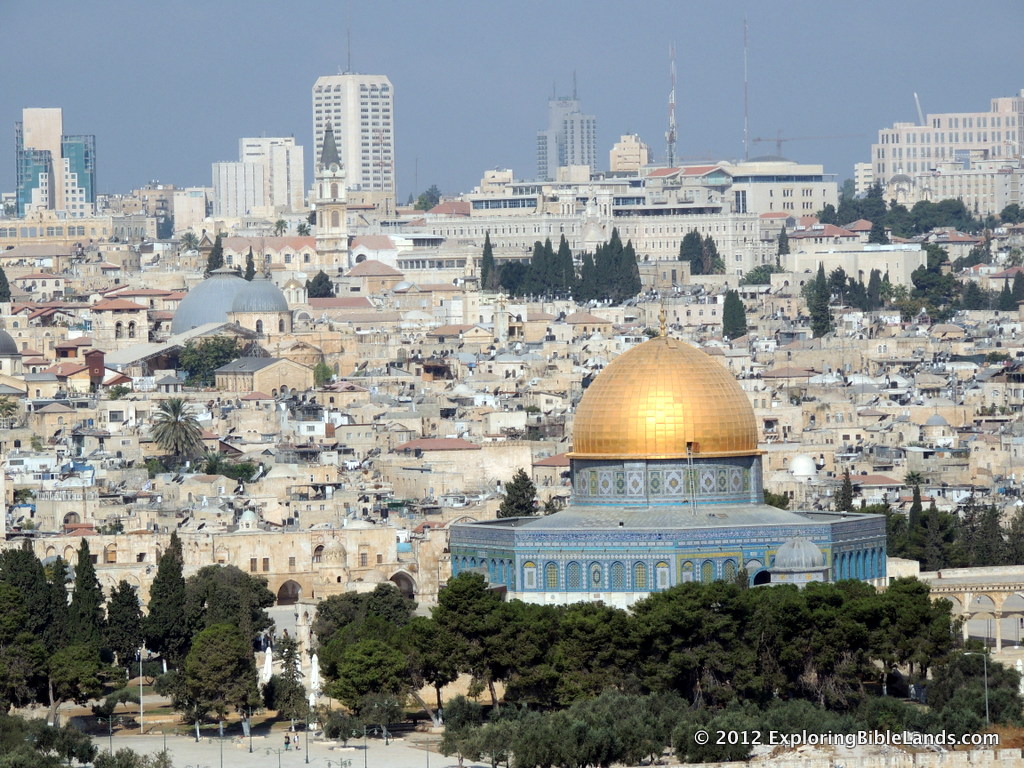I have made two different trips to Israel. During that time, I have spent a number of days in Jerusalem. In addition, I have read dozens of blog posts and Internet articles about the city. I have also purchased books about Jerusalem and read through them.
Often, I have people ask me, "What can you tell me about Jerusalem?" My sarcastic answer is usually the same, "It is confusing."
Seriously, Jerusalem is an amazing city. It has a unique beauty. It is has been almost continually inhabited for over 4,000 years. Over time, the city has been built up and destroyed a number of times. Millions of people throughout history have called Jerusalem their home.
About a year ago, when I first saw the seven minute promotional video for Jerusalem, I instantly fell in love with it and could not wait to see it. Then, in August, they released a trailer for the movie. However, the movie was not being shown in my area. My wife and I discussed making trips to St. Louis or Atlanta to see it, but we were having a hard time fitting it into our schedule.
 Every year, we travel to Jacksonville, Florida to visit family for the Thanksgiving holiday. This year, we decided to take a slight detour through Tallahassee and see the Florida State/Idaho football game. (My wife and I met each other at Florida State.) Two days before we left home to head to Tallahassee, I saw a Facebook post advertising that Jerusalem was being shown in Tallahassee the same weekend. I quickly bought tickets online and we headed out of town.
Every year, we travel to Jacksonville, Florida to visit family for the Thanksgiving holiday. This year, we decided to take a slight detour through Tallahassee and see the Florida State/Idaho football game. (My wife and I met each other at Florida State.) Two days before we left home to head to Tallahassee, I saw a Facebook post advertising that Jerusalem was being shown in Tallahassee the same weekend. I quickly bought tickets online and we headed out of town.
So, how was the movie? Fantastic. I really enjoyed it. The movie revolves around the lives of three young ladies who live in Jerusalem. One is a Christian, on is Jewish and one is Muslim. They all live within the confines of the Old City of Jerusalem, but due to their different religious beliefs, their paths rarely (if ever) cross. In the movie, the three women are interviewed about the city and what it means to them. It is a compelling story which highlights some of its history and, at a very high level, attempts to explain the religious, cultural, social and economic differences that currently exist within the city.
While this was interesting, I was more interested in the cinematography. I went to the movie because I wanted to see pictures of the city in IMAX format. In the theatre where we went, the movie was being show in 3D. While I am not a huge fan of 3D movies, there were a number of scenes in which it has a huge impact. Some of them are:
Mount of Olives - Many scenes from the Mount of Olives were fantastic in 3D. When you travel to Israel, this is the "traditional view" of the city that all tourists enjoy. Seeing it in 3D helped you visualize the true beauty of that overlook.
Temple Mount - There was a sweeping view that started at the bottom of the southwest corner of the Temple Mount. As the camera panned up and away from the corner, the view changed from actual video to a computer generated image of the Temple Mount during the First Century. It was fantastic.
Garden of Gethsemane - The traditional location of the Garden of Gethsemane is below the Church of All Nations that sits just east of the East Gate across the Kidron Valley. Outside that building, they are several (very) old olive trees. There is a view that begins beneath one of these trees and then rises to show the city of Jerusalem. It was a great sequence showing the close proximity of the Garden of Gethsemane to the city. I wrote about this in an earlier post, and it was interesting to see this same view in a different perspective.
Should you go and see this film? In a word, YES. It is really good. While there were a few statements that I did not totally agree with, it is a good introduction to the city itself. And, it gives any student of the Bible an opportunity to see some fantastic pictures of the land of Israel.
 King Herod was a terrible man. He did not even trust members of his own family and had them executed. But, he was a visionary and had very large construction projects. Even two thousand years later, his thumbprint is all over the country. This view of the southern wall of the Temple Mount still contains many Herodian stones. The Mount of Olives sits in the background.
King Herod was a terrible man. He did not even trust members of his own family and had them executed. But, he was a visionary and had very large construction projects. Even two thousand years later, his thumbprint is all over the country. This view of the southern wall of the Temple Mount still contains many Herodian stones. The Mount of Olives sits in the background. 











